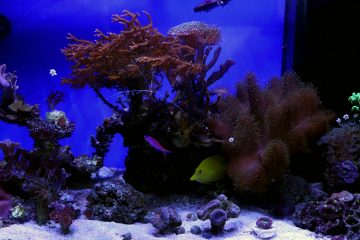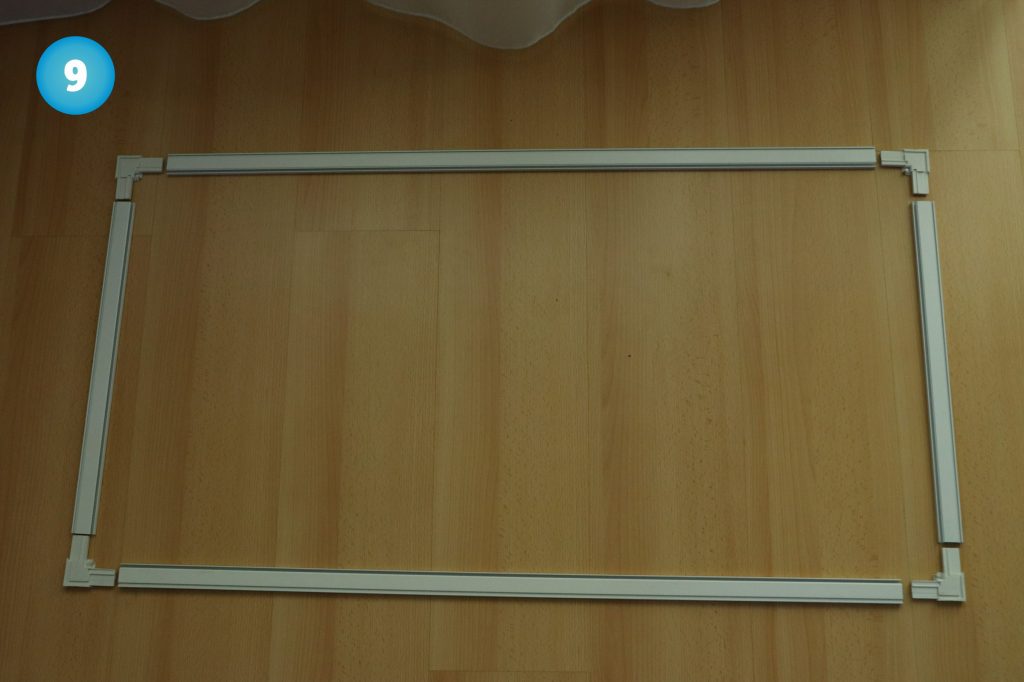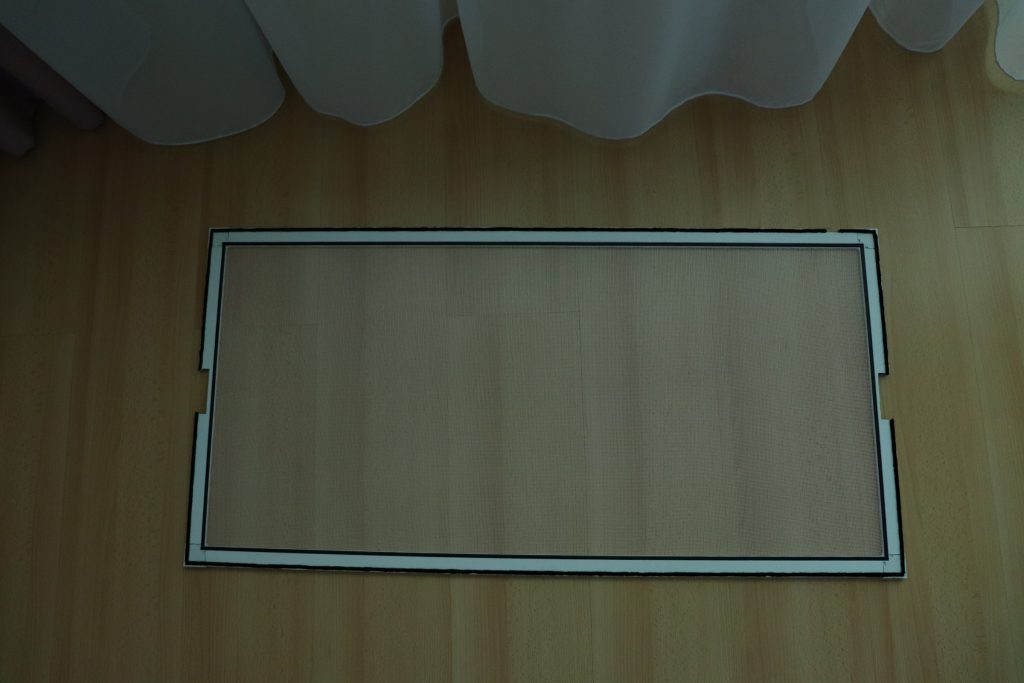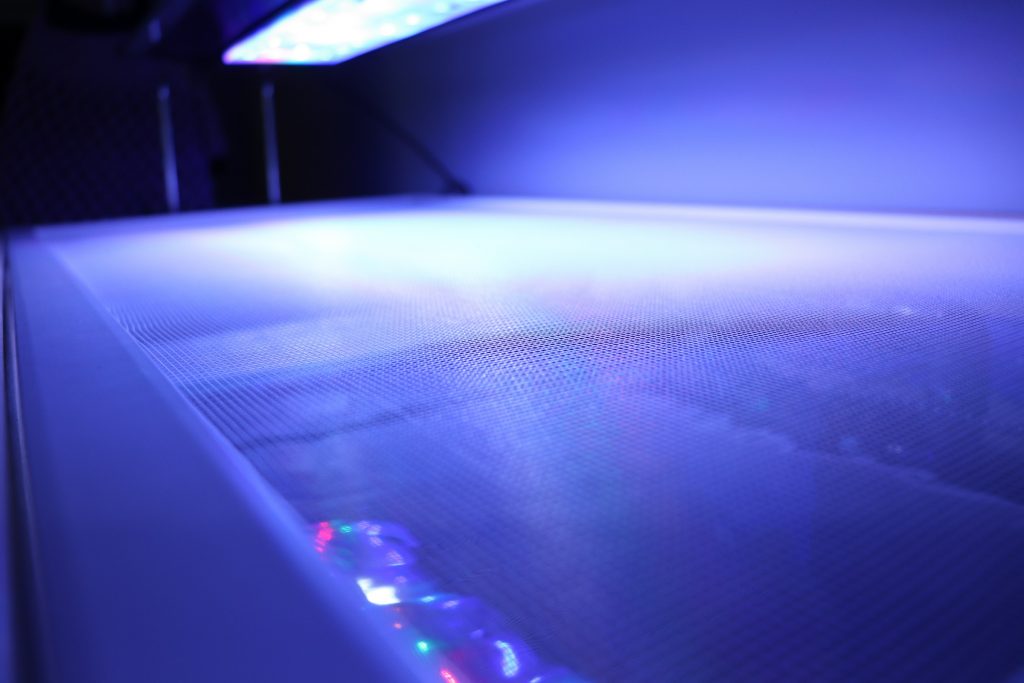Sometimes it’s good to take a break. Sometimes you’re so fed up with something, that you literally have to leave it for some time. However, it’s really hard, when it comes to living animals, particularly when you spent a lot of money on them. But sometimes you feel, you really must take a break. That’s why I disappeared from social media for the last few months.
11th November is a special day for me, not only because we celebrate the Polish Independence Day, but also because my reefkeeping adventure began on 11th November 2016, so over a week ago I celebrated my fourth year in this wonderful hobby and almost 15 years in fishkeeping (excluding the short period when I had a freshwater tank as a child and when mostly my dad was taking care of it). Well, that’s a pretty long time, so it’s normal, that sometimes you may feel burned out and need to revise your hobby and life goals, because it’s almost impossible to have such an absorbing and time-consuming hobby without any influence on the rest of your everyday life.

In the beginning of Covid-19 pandemic, when the lockdown started I was pretty optimistic, because I finally had much more of free time, which was enough to take care of my tank properly. I’ve made a lot of maintenance duties, which I planned for so long time, including cleaning my sump, changing the protein skimmer for the bigger one and switching the biological medium from over 5 liters of Aquaforest Life Bio Fil to Maxspect Nano-Tech Bio-Sphere, which is by the way absolutely amazing. After that I wanted to develop my little business, adding some new products to my offer, but the problems started to appear one after another. As some of you probably know, I was in the last year of my PhD studies and I was told by my tutor that I have to focus 100% on my thesis, work, publishing articles and other activities, if I want to be hired at my university after the graduation. Unfortunately, because of the pandemic I wasn’t able to finish the most significant part of my research. Additionally, after the talk with the dean of my faculty it turned out that there is absolutely no chance to hire me and to extend the course of my studies for an extra year, unless I resign from the scholarship which was the main source of my income. That’s how the little financial problems began and in conjunction with the pandemic almost killed The Coral Cafe’s business activity. I was so upset with my professional situation, that I lost my heart to almost everything, including my tank. The care was limited only to necessary maintenance activities. In the meantime I bought a new fish – Tuka Anthias, which turned out to be very problematic, because it didn’t want to eat any kind of frozen food, so I had to breed live Brine Shrimp to feed it. When the fish finally died, my phosphates hit almost 1 ppm, because of the tons of food I was trying to offer to it and caused the death of many of my corals, including Caulastrea, Lobophyllias and Euphyllias, some SPS and Acans. When I saw my corals dying, I was close to quitting the hobby. That’s mainly why I stop posting on Instagram, making YouTube videos, etc. I stopped taking care of what is going on in my tank and let it live its own life. I just started to look for the possibilities of selling my tank with all the fish, corals and equipment and maybe starting another, less stressful hobby. I got back to model making, playing some computer games (War Thunder and Kerbal Space Program), I even interested myself in model rocketry, reviving some old projects in the field of programming and electronics.

This break was an absolute necessity, because it let me discover a very important thing – no matter, what I did, I was thinking of my tank, new corals, fish and possible upgrades almost all the time. I realised that without this hobby, something is missing in my life. Something important. And that’s how, thankfully, one day the change has come… I decided to get back to reefkeeping, but first of all I wanted to simplify everything and remember the basics. I run my tank mostly on Aquaforest products, so I found the products’ guide, read it carefully and decided to make the ICP-OES test and stop dosing anything, excluding AF Balling solutions (Component 1+, 2+ and 3+). Unfortunately my corals were still dying, so I got back to dose strontium, iron and iodine, but as I found out later – it was the effect of elevated phosphates. Therefore, I stopped it immediately and I concentrated only on water changes, doing them twice a week and changing 15% of my water weekly. I also tried to stick to the Aquaforest method as close as possible.
Firstly, the regular water changes helped me to stabilise my parameters. Secondly, Maxspect Nano-Tech Bio-Sphere medium, which replaced the majority of Aquaforest Life Bio Fil, definitely stabilised the biological processes and saved some space in my sump (one of the chambers was fully loaded with Life Bio Fil, while now only 300 ml of this medium is left – the rest was replaced by 1.5 kg of miraculous Maxspect balls). Now I’m very close to stabilising my tank, corals started to grow again (including the huge Seriatopora hystrix, which I accidentally broke during one of the water changes, which forced me to cut it, leaving only a few branches – so depressing!) and I fall in love with my little piece of the ocean again. The only thing I’m still struggling with is the level of nitrates, which for now is too low, so I’m trying to raise it, testing one of my new products.
In the meantime I’ve read a couple of great books about start-ups and people who really succeed in their lives, which taught me that the most important thing in life is to follow your dreams – they know the way. Immediately, I remembered all the joy from posting on Instagram, blog, developing my products and sharing them with other hobbyists, making YouTube videos and just observing my tank. Maybe I said it before, but once again I want to get back to all of this and maybe even to make reefkeeping the way of my life. This time with no hurry, just to share my passion with others.
So… I’m back!
Greetings,
Adam
































